Automotive
/Home & Leisure

Eric's Autos: 2025 Honda Prologue
The Honda Prologue isn't really a Honda -- in that it's based on the Chevy Blazer EV -- but it is different in a couple of ways that may make it worth a look if you're wanting an electric vehicle sold by Honda.
What It Is
The Prologue is a midsize/two-row electric crossover based on the Chevy Blazer EV.
It differs from its ...Read more
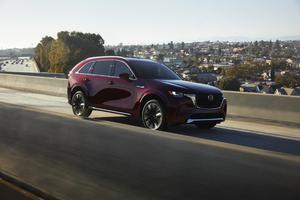
Eric's Autos: 2025 Mazda CX-90
It's not easy to pick a crossover from among all the other crossovers because so many of them are more or less the same.
One that's different in a big way is the Mazda CX-90 -- because it comes standard with an inline six-cylinder engine. This bucks two trends. The first is the one that's been trending toward the replacement of six-...Read more
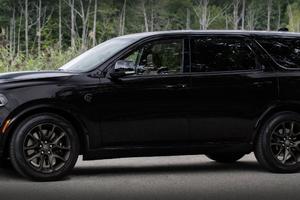
Eric's Autos: 2025 Dodge Durango
You have probably heard that Dodge has stopped selling V8-powered Chargers and Challengers. And you may know that Ram 1500 trucks (and Jeeps) are no longer available with V8s either.
But there is one new Dodge vehicle still available with the V8s -- plural -- you can no longer get in other Dodge (or Jeep/Ram) vehicles.
It's the 2025 ...Read more
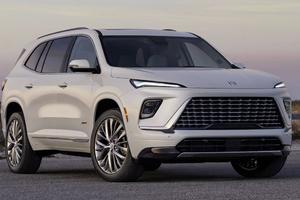
Eric's Autos: 2025 Buick Enclave
Here's an interesting fact: The biggest Buick you can buy today comes with the smallest, strongest engine Buick ever put in its biggest model.
That model being the 2025 Enclave, which is nearly as long an old Electra 225 from the '70s but isn't a sedan and does not come with a 455-cubic-inch (7.5-liter) V8.
What It Is
The Enclave is a full-...Read more
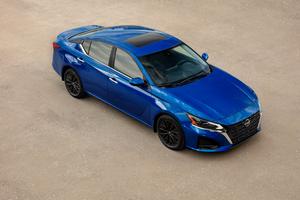
Eric's Auots: 2025 Nissan Altima
Nissan's Altima sedan has been around for more than 30 years. It will probably not be around after the end of the 2025 model year -- following its sibling, the Maxima, into oblivion.
There are many reasons why, the chief one being that sedans as a class have fallen out of favor -- in favor of crossovers that offer more interior space and ...Read more
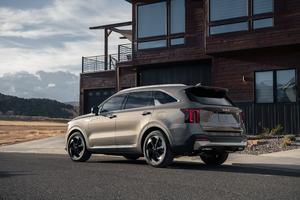
Eric's Autos: 2025 Kia Sorento
"Sharing platforms" -- car industry jargon for making (and selling) two iterations of basically the same thing -- is generally considered an unflattering thing.
Or at least a duplicative thing.
Why sell basically the same thing twice?
Well, because sometimes it works. General Motors, for instance, sells the Chevy Tahoe and the GMC Yukon, and ...Read more
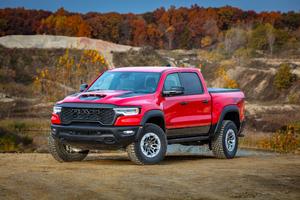
Eric's Autos: 2025 Ram 1500
Can 3.0 liters -- and six cylinders -- take the place of 5.7 liters and eight cylinders? That's the question asked by the just-updated 2025 Ram 1500 pickup, which is no longer available with the 5.7-liter Hemi V8 -- but is available with a new twin-turbocharged in-line six in two different configurations.
What It Is
The Ram 1500 is a half-ton ...Read more
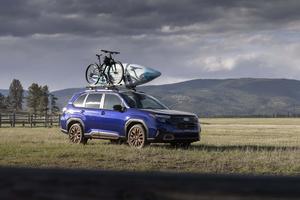
Eric's Autos: 2025 Subaru Forester
There's an old saying in engineering circles: If it ain't broke, don't fix it. That sums up the changes to the Subaru Forester for 2025. It has been updated. But it hasn't been fixed.
What It Is
The Forester is a compact crossover that differs from other small crossovers in its class in two meaningful ways. The first being it...Read more
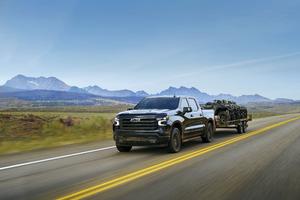
Eric's Autos: 2025 Chevy Silverado
A majority of 2025 model year half-ton trucks no longer even offer a V8 engine. It's almost unimaginable -- but that doesn't make it less true.
The Chevy Silverado is one that offers two.
It is also still available in regular cab (two-door) configuration -- and with an 8-foot bed. Several rivals -- including the Ram 1500, Nissan Titan...Read more

Eric's Autos: 2025 Lincoln Corsair
The daunting thing about the car market right now is how expensive non-luxury-brand vehicles have become. On average, they have increased in cost by an astounding $20,000 over the past roughly four years.
But there are, interestingly enough, some luxury-brand vehicles that aren't particularly expensive -- relative to what it costs to buy a ...Read more

Eric's Autos: 2025 Kia Sportage Plug-in Hybrid
Plug-in hybrids like the Kia Sportage are ingenious things. Not so much because they can be driven entirely on battery power until they run low on charge -- just like a vehicle powered entirely by a battery -- but because you don't have to stop when the plug-in hybrid runs low on charge. You don't even have to plug it in, if you prefer not to.
...Read more

Eric's Autos: 2025 Mercedes CLA 45 S
It's a little weird that Mercedes is selling subcompact front-wheel-drive sedans with four-cylinder engines. Those attributes used to describe economy cars.
But the Mercedes CLA 250 -- which is FWD and comes standard with a small four-cylinder engine -- does not come with an economy car's price tag.
It is, however, available ...Read more






